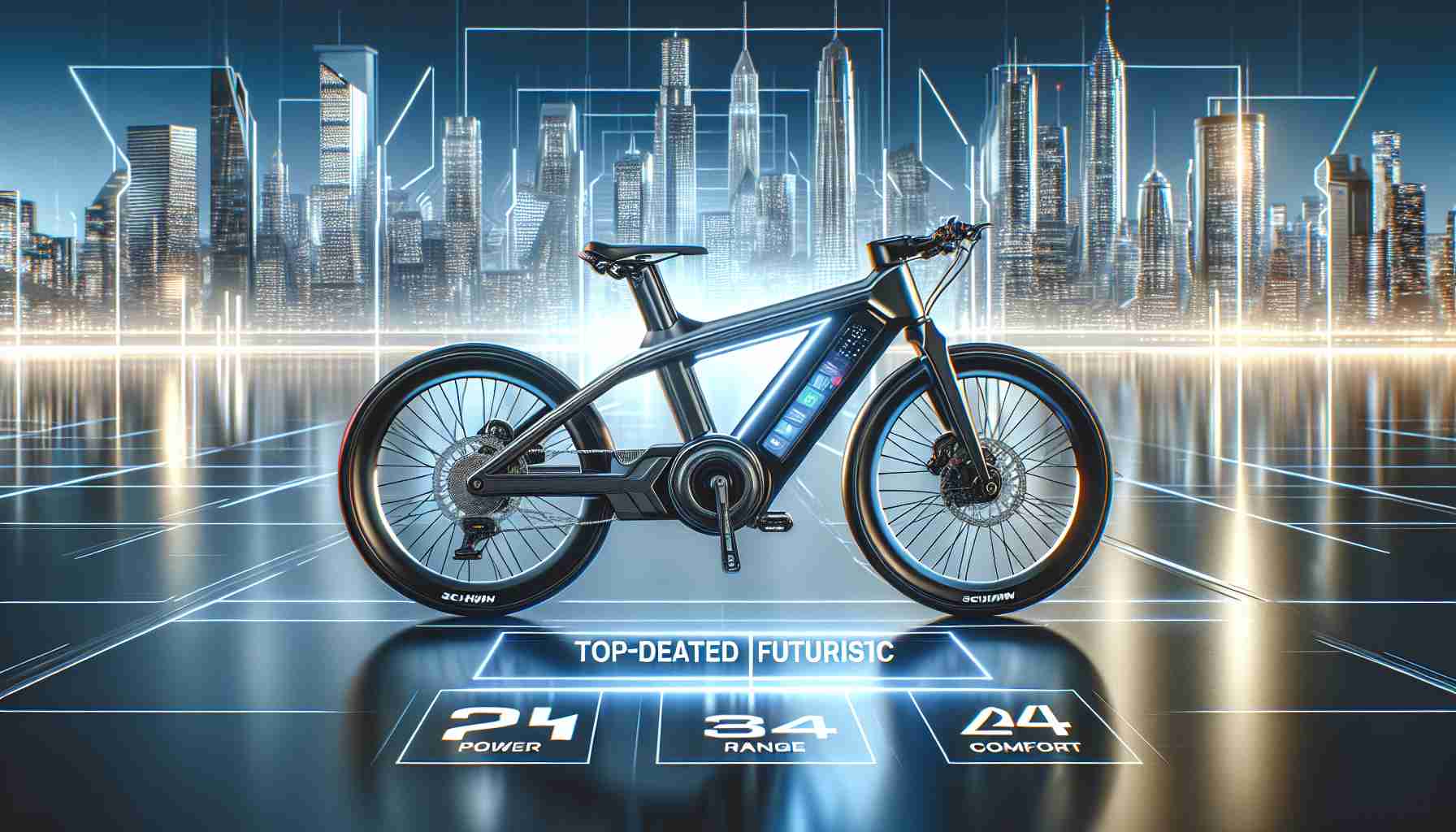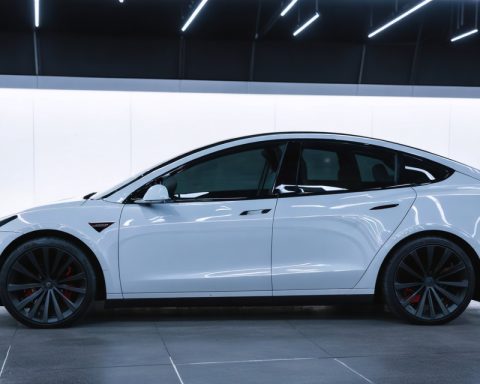De Schwinn e-bikes hebben al lange tijd een favoriete status onder fietsliefhebbers, en dat is niet zonder reden. Met hun krachtige motoren, langeafstandsbatterijen en comfortabele ontwerpen bieden de Schwinn e-bikes een fantastische rijervaring. In dit artikel zullen we enkele van de beste Schwinn e-bikes voor 2024 verkennen, met de focus op hun kracht, bereik en comfort.
Kracht en prestatie zijn belangrijke factoren als het gaat om de motor van een e-bike, en de Schwinn e-bikes hebben het allemaal. Modellen zoals de Schwinn Coston DX en Coston CE zijn uitgerust met een krachtige 250W motor, wat voldoende vermogen biedt om heuvels te bedwingen en snelheden tot wel 20 km/h te bereiken. Deze motoren zijn perfect voor dagelijkse ritten en recreatieve tochten.
Batterijduur en bereik zijn ook kritische factoren om rekening mee te houden bij het kiezen van een e-bike. Schwinn e-bikes worden geleverd met krachtige lithium-ionbatterijen, zoals de modellen Coston DX, Coston CE en Kettle Valley, met indrukwekkende bereiken tot wel 45 mijl. Met deze batterijen kunt u probleemloos langere afstanden afleggen tijdens uw ritten.
Duurzaamheid is essentieel als het gaat om het frame van een e-bike, en Schwinn stelt niet teleur. Alle Schwinn e-bikes zijn uitgerust met duurzame aluminium frames die zowel lichtgewicht constructie als uitstekende stabiliteit bieden. Deze frames zijn ontworpen om dagelijkse ritten en recreatieve tochten te weerstaan, zodat u langdurig van een plezierige rijervaring kunt genieten.
Ook aan comfort is gedacht. Schwinn e-bikes zijn uitgerust met voorveringvorken die trillingen en hobbels absorberen, waardoor uw rit soepeler verloopt. Modellen zoals de Coston DX en Coston CE hebben ook brede, 2.6-inch banden die extra schokdemping en stabiliteit bieden, zodat uw ritten zelfs op oneffen terrein comfortabeler worden.
Veiligheid heeft bij Schwinn de hoogste prioriteit, daarom zijn al hun e-bikes uitgerust met betrouwbare mechanische schijfremmen. Deze remmen bieden uitzonderlijke remkracht onder verschillende weersomstandigheden, zodat uw veiligheid op de weg gewaarborgd blijft. Bovendien zijn Schwinn e-bikes voorzien van geïntegreerde LED-verlichting voor een betere zichtbaarheid tijdens ritten bij weinig licht.
Tot slot bieden Schwinn e-bikes een uitstekende prijs-kwaliteitverhouding, met prijzen variërend van ongeveer $800 tot $1,600. Ze bieden de perfecte combinatie van kwaliteitscomponenten, prestaties en betaalbaarheid. Bovendien biedt Schwinn een uitgebreide garantie, waaronder een beperkte levenslange garantie op het frame en een garantie van 2 jaar op de batterij en het elektrische systeem, zodat u met een gerust hart kunt fietsen.
In conclusie, Schwinn e-bikes blijven indruk maken met hun kracht, bereik, comfort en veiligheidsfuncties. Of u nu een dagelijkse forens bent of een recreatieve fietser, er is een Schwinn e-bike die perfect bij u past. Dus maak u klaar om de weg op te gaan en de opwinding van het elektrisch fietsen te ervaren met een Schwinn e-bike in 2024.







